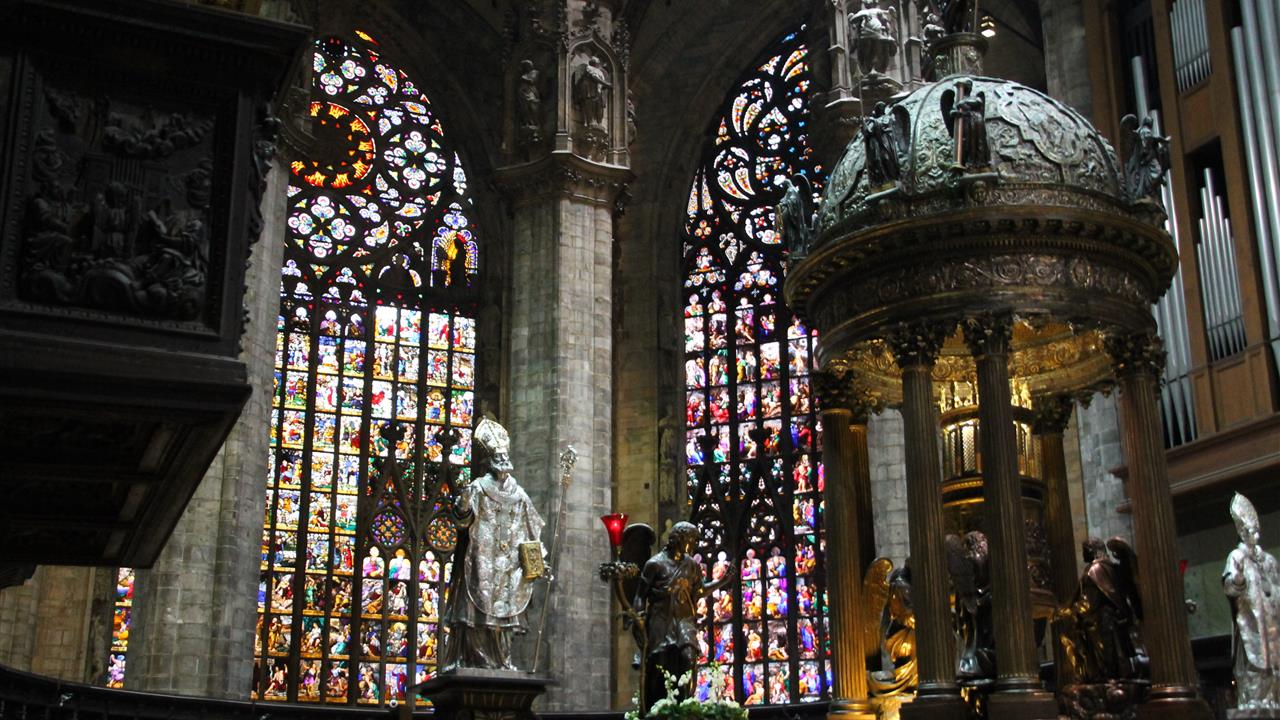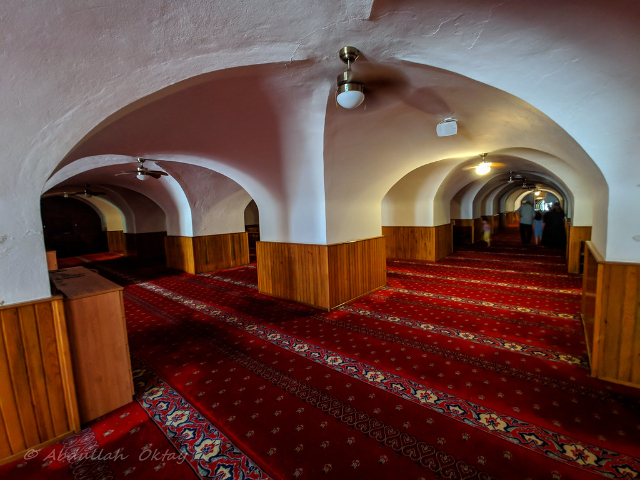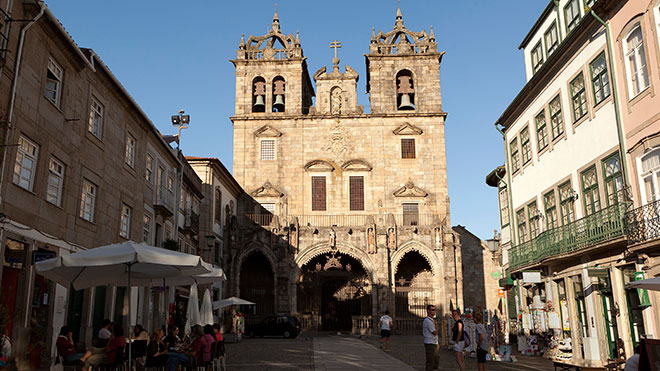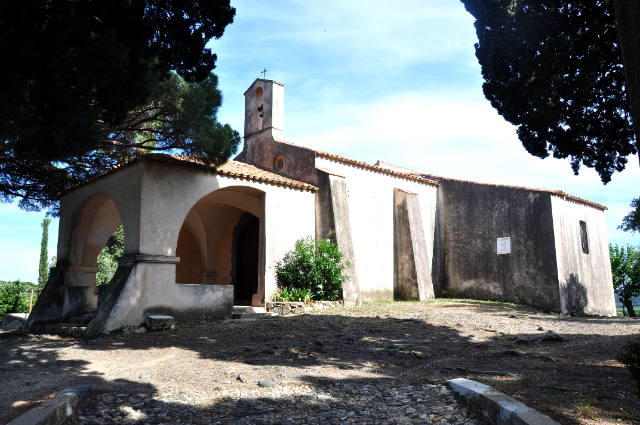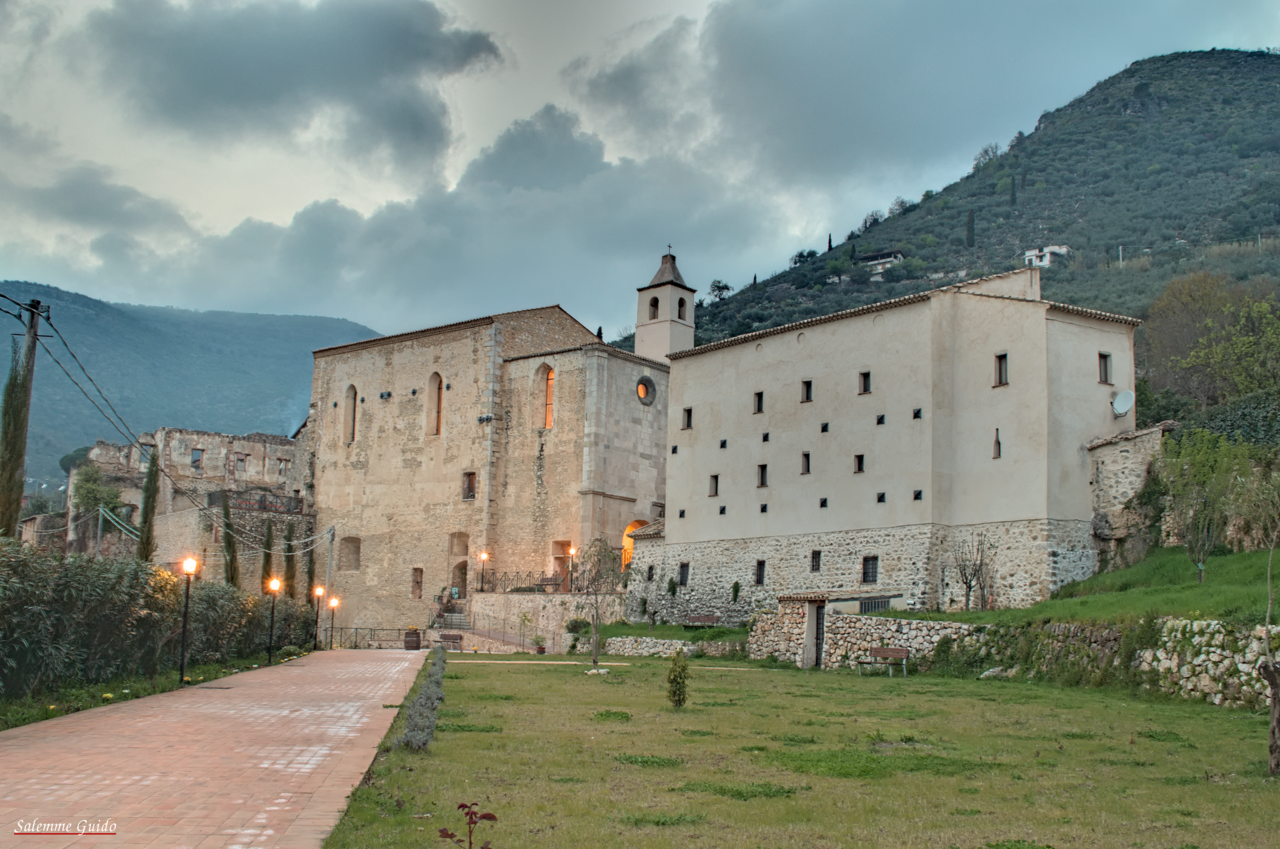Construction began in 1386 at the behest of Archbishop Antonio da Saluzzo and Gian Galeazzo Visconti, then lord of the city. It rose in the area previously occupied by the Church of Santa Maria Maggiore.
Its elaboration was very slow and included a span of time as long as six centuries, while still remaining faithful to the original principles of Gothic art.
In 1418 the high altar was consecrated by Pope Martin V.
Construction continued under the direction of various architects, including Leonardo da Vinci, and in 1572 St. Charles reconsecrated the cathedral.
In the present day, the Cathedral of Milan has had to undergo numerous restorations; the first in 1935 and the second, far more complex, after the air raids of 1943.
During the last restoration, the floor was renewed, the statues and decorative elements most ruined by the war were replaced.
Finally, on December 8, 1966, the new churchyard was inaugurated and the last bronze door was placed at the entrances to the facade.
Entirely built of marble, it is adorned with as many as 3400 statues, making it a unique symbol of "flowery Gothic" art.
Its imposing structure makes it one of the largest religious buildings in Europe.
Today it consists of five naves, is 158 meters long, 93 meters wide and reaches a maximum height of 108 meters.
Unlike Nordic cathedrals, the load-bearing structure of Milan Cathedral consists mainly of the piers and perimeter walls. The buttresses reinforce the perimeter walls but do not allow the opening of large windows: the building thus results in a closed form. The spires and pinnacles also do not have a load-bearing function but only a decorative one, and were added over the centuries.
At the highest point, in the year 1774, the famous Madonnina, a 4-meter-high gilded copper statue that has become one of the symbols of Milanese tradition, was placed to protect the citizens.
From its terraces it is possible to admire the panorama below.
The most precious relic in Milan Cathedral is the Sacred Nail, which is the nail of the True Cross that, according to tradition, was found by St. Helena and used by her son, Emperor Constantine, as the bit of his horse.
The Holy Nail is suspended above the high altar, and is made visible from throughout the cathedral by a red light. Every May 3, the archbishop removes the nail via a curious elevator called a "nivola" and shows it to the faithful.
The basement of Milan Cathedral can be visited by passing through a staircase in the inner facade. One descends 4 meters reaching the floor of the 4th-century walkway. Here you can see the remains of the baptistery of San Giovanni alle Fonti (378-397), where St. Ambrose baptized St. Augustine on Easter night in 387. The octagonal font can still be seen: it is the oldest ever documented.
